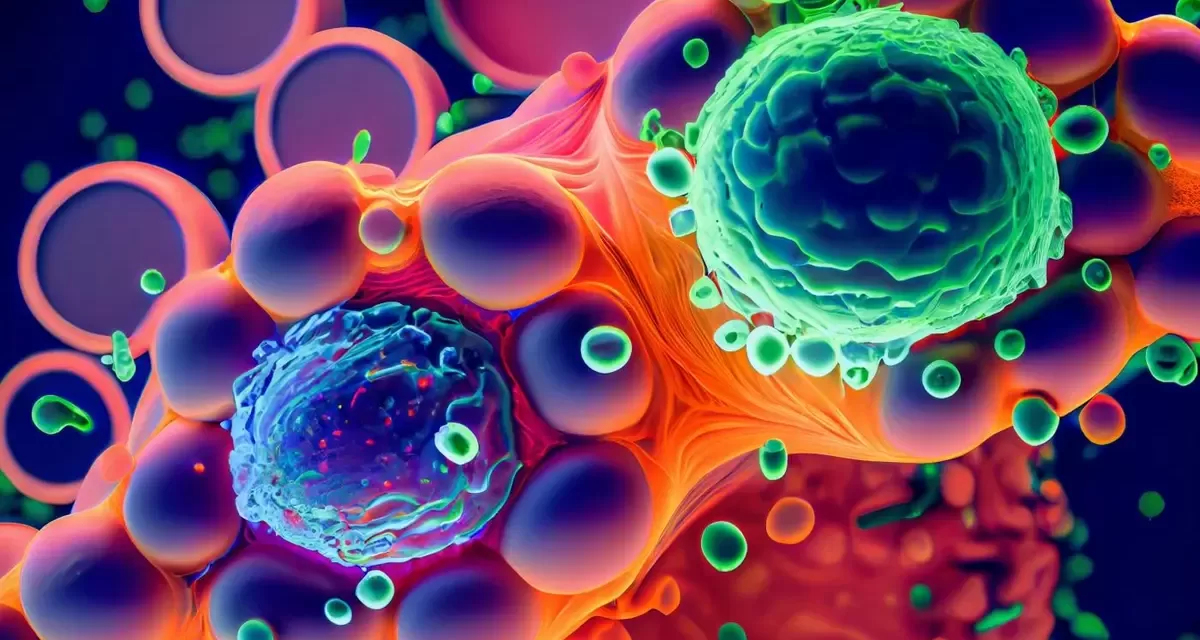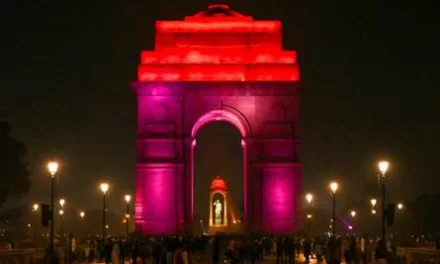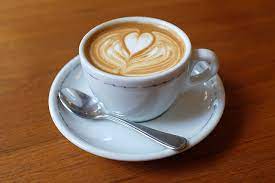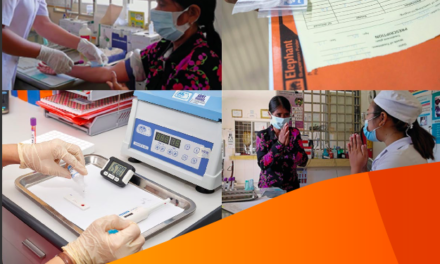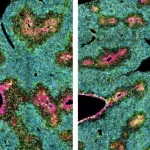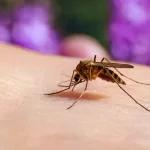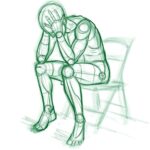A revolutionary advancement in bioprinting may soon lead to the 3D printing of blood vessels and even human organs, potentially transforming regenerative medicine and reducing the reliance on traditional organ transplants.
Guohao Dai, a bioengineering professor at Northeastern University, and his research team have recently patented an elastic hydrogel material designed to facilitate the 3D printing of soft, living tissues. This breakthrough could address one of the most significant challenges in bioprinting—creating soft tissues that can stretch and recoil like their natural counterparts.
The Challenge of 3D Printing Soft Tissues
Currently, 3D printing in modern medicine is primarily used for hard implants such as cranial plates, hip joints, and prosthetic limbs. However, printing soft tissues remains a significant hurdle due to the limitations of available materials. Traditional 3D printers utilize polymers, plastic filaments, powders, or resins that harden after cooling, which is unsuitable for soft biological structures.
“Elasticity is very important for maintaining the normal function of the tissue,” says Dai. The ability to create flexible and durable bioprinted structures is essential for developing functional organs and blood vessels.
The Role of Hydrogels in Bioprinting
Hydrogels are synthetic polymers known for their ability to retain water, making them ideal for applications like wound dressings, soft contact lenses, and facial masks. However, previous hydrogel-based materials have been too fragile for 3D printing, limiting their medical use.
To overcome this, Dai collaborated with Yi Hong from the University of Texas Arlington. While Hong developed an elastic hydrogel, Dai modified its properties to ensure it could be effectively used in a 3D printer. The key was creating a material that remains liquid while being printed but maintains its shape once the structure is formed.
A Step Toward Fully Functional Blood Vessels
This new hydrogel material, which can encapsulate large amounts of water, mimics the human body’s natural environment, making it an ideal medium for cell growth. Cells are infused into the liquid solution before printing, and once printed, the structure is exposed to blue light, triggering a photochemical reaction that strengthens the gel without harming the cells.
“You can print any geometry,” Dai explains. “You can print a tube or a blood vessel.”
Over time, the cells multiply and grow within the printed structure, adapting to pulsatile pressure that mimics real human blood pressure. A major advantage of the hydrogel is its biodegradability, allowing the body to replace it naturally with collagen and elastin as it degrades, forming a fully functional blood vessel.
Future Prospects and Challenges
Despite promising progress, printed blood vessels currently remain relatively weak after two weeks of culturing and cannot yet withstand human blood pressure. Dai believes that extending the culturing period to two months—an expensive process—could strengthen the structures sufficiently for human use.
Additionally, researchers are working to accelerate the degradation rate of the hydrogel to match the body’s natural tissue development, ideally dissolving within two to three months as the body replaces it with its own cells.
Dai envisions a future where blood vessels and possibly even entire organs could be printed using a patient’s own cells, reducing transplant rejection risks and eliminating the need for donor organs. “As the hydrogel degrades, the body will naturally replace it,” he says, bringing science one step closer to lab-grown, patient-specific organs.
Disclaimer
This article is based on research findings and ongoing experiments. While the development of 3D-printed blood vessels and organs shows promise, further studies and clinical trials are required before they become a standard medical treatment. Readers should consult medical professionals for information on current available treatments and technologies.
Provided by Northeastern University.

